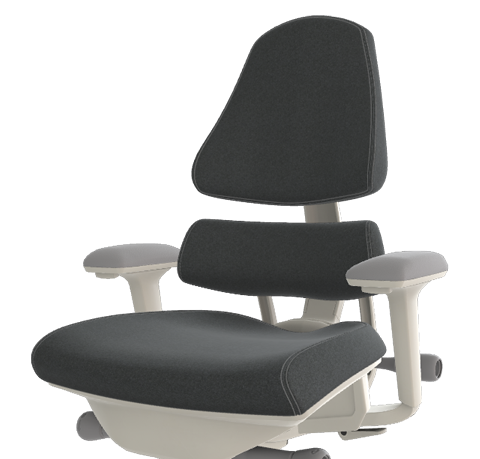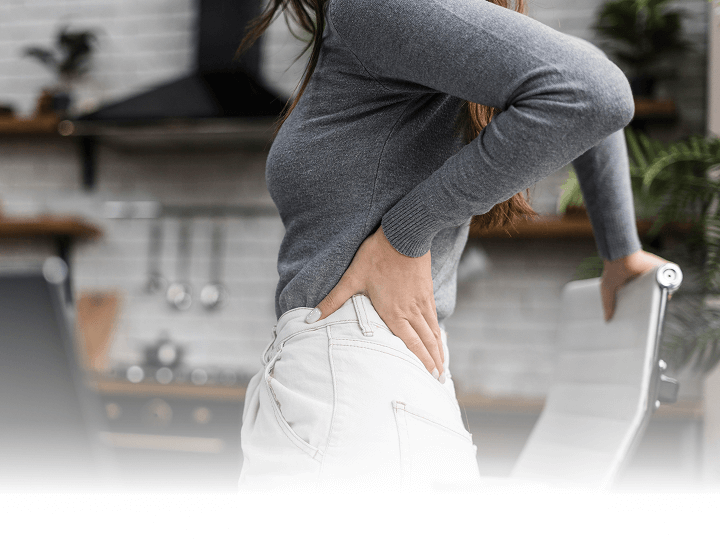
Disc Degeneration:
How Sitting Impacts Spinal Health
And What You Can Do to Feel Better Every Day
If you’ve been diagnosed with degenerative disc disease (DDD), you’re not alone. It’s one of the most common age-related spinal conditions—and it doesn’t just affect your back. It can lead to persistent pain, reduced mobility, and even nerve compression.
But here’s the good news: while you can’t reverse disc degeneration, you can influence how much pain you feel and how well your spine functions—especially when it comes to how you sit.
learn howWhat Is Disc Degeneration?
Disc degeneration refers to the gradual breakdown of the intervertebral discs—the soft, cushion-like structures between your vertebrae. These discs absorb
shock, support movement, and help keep your spine aligned.
Over time, they can dry out, thin, or develop small tears in their outer layer (the annulus fibrosus), leading to instability and pain. Learn about the four stages of disc degeneration here.

Common causes and risk factors include:
- Aging (most people show signs after age 40)
- Repetitive strain or injury
- Genetics
- Poor posture and sedentary lifestyle
- Smoking or poor nutrition (which can limit disc hydration and repair)
According to a study published in The Spine Journal, disc degeneration is present in over 60% of individuals by age 50, even if they’re asymptomatic.¹
But for many, the breakdown of disc structure results in stiffness, inflammation, and nerve irritation—especially with poor sitting posture.
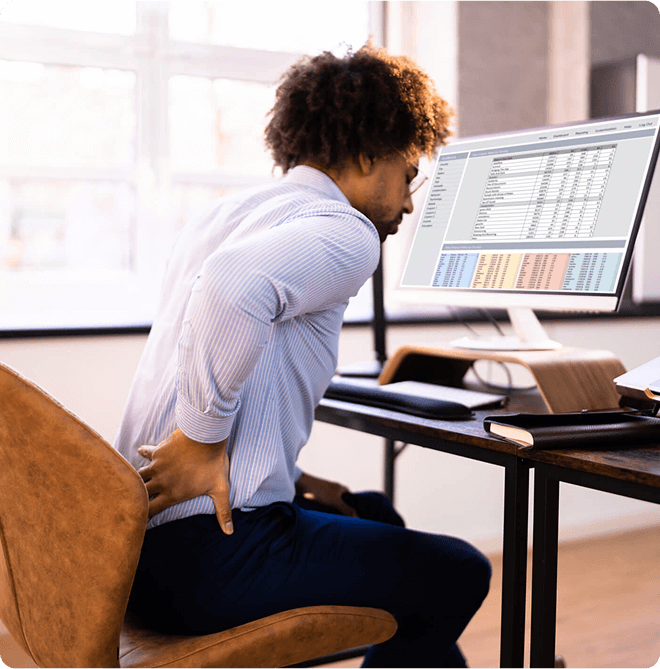
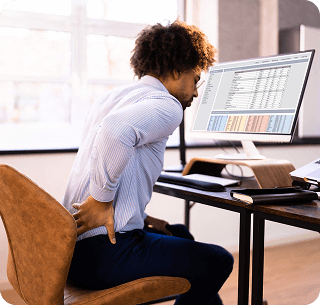
Why Sitting Matters with Degenerative Disc Disease
When you sit—especially with a rounded, slouched posture—your discs are under more pressure than when you stand or lie down.
One study found that intradiscal pressure increases significantly in a flexed seated position compared to neutral standing.² Over time, that stress can accelerate disc wear and worsen symptoms. Learn how poor posture can fuel disc degeneration here.
Poor sitting posture may:
- Compress weakened discs even further
- Shift load unevenly across the spine
- Increase inflammation and stiffness
- Trigger or intensify back, hip, or leg pain
The position of your pelvis is especially important. When your pelvis tucks under (posterior pelvic tilt), your lumbar spine loses its natural curve. This places more stress on the already compromised discs.

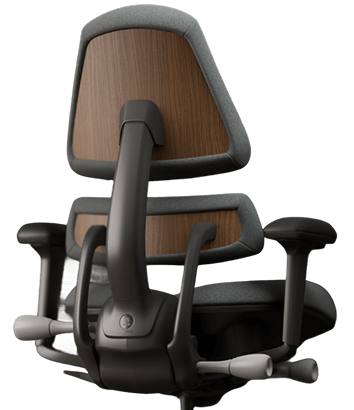
How the Right
Chair Can Make a Difference
You might not be able to change your diagnosis—but you can incorporate exercises as well as change your sitting environment. A chair designed for spinal health can help relieve pressure on your discs and promote a neutral, aligned posture.
- The Anthros chair was engineered with disc health in mind.
Tips for Supporting
Degenerated Discs While Sitting
In addition to choosing the right chair, try these posture-supporting tips:
1
Use pelvis support
to maintain the natural curve of your spine
2
Keep your feet flat
on the floor or on a footrest
3
Avoid slouching
or leaning forward for long periods
4
Take movement breaks
every 30–60 minutes
5
Stretch regularly
to maintain mobility and disc nutrition
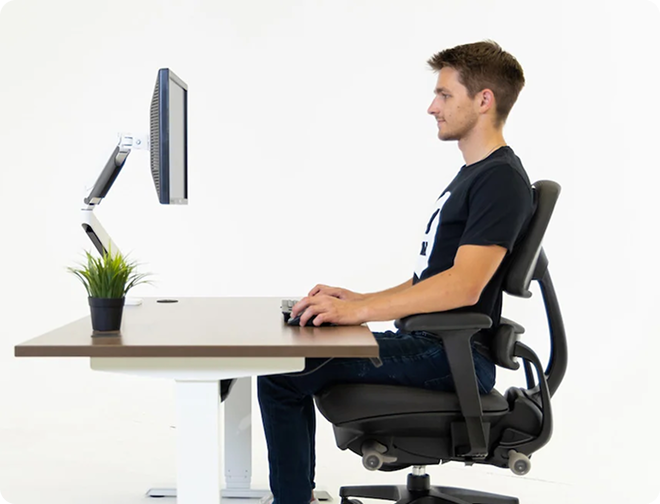
THE CHAIR FOR
PAIN RELIEF
The Precision Posture System uses a two-part adjustable back design to stabilize your pelvis in a neutral position and support your upper spine—so your body doesn’t have to fight gravity all day. By holding you in optimal alignment, it reduces the load on degenerating discs and helps protect your spine throughout the day.
3D human modeling showed that the Anthros chair reduces disc pressure at L4-S1 by over 50% compared to a leading ergonomic chair. Less pressure on your spine means less wear, less irritation, and less pain.
Our 3D human modeling shows that tilting in the Anthros chair reduces disc pressure even further—especially important for those with disc degeneration. Unlike traditional recline systems, our Decompress Mode keeps your pelvis and spine in alignment, so you can lean back and relieve pressure without collapsing into harmful postures. Learn more about how tilt here.
Our contoured, medical-grade foam cushion is designed to support your body in optimal postures—crucial for managing disc degeneration. By minimizing peak pressure under the pelvis and thighs, it promotes circulation and reduces nerve irritation. With Cloudfloat® and Cloudtex® technology, you get stable, all-day comfort that helps protect your spine from the stress of prolonged sitting.
Take control of your spine health today.
Explore how Anthros can help relieve the pressure on
your discs—one seat at a time..
60 Day Money Back Guarantee
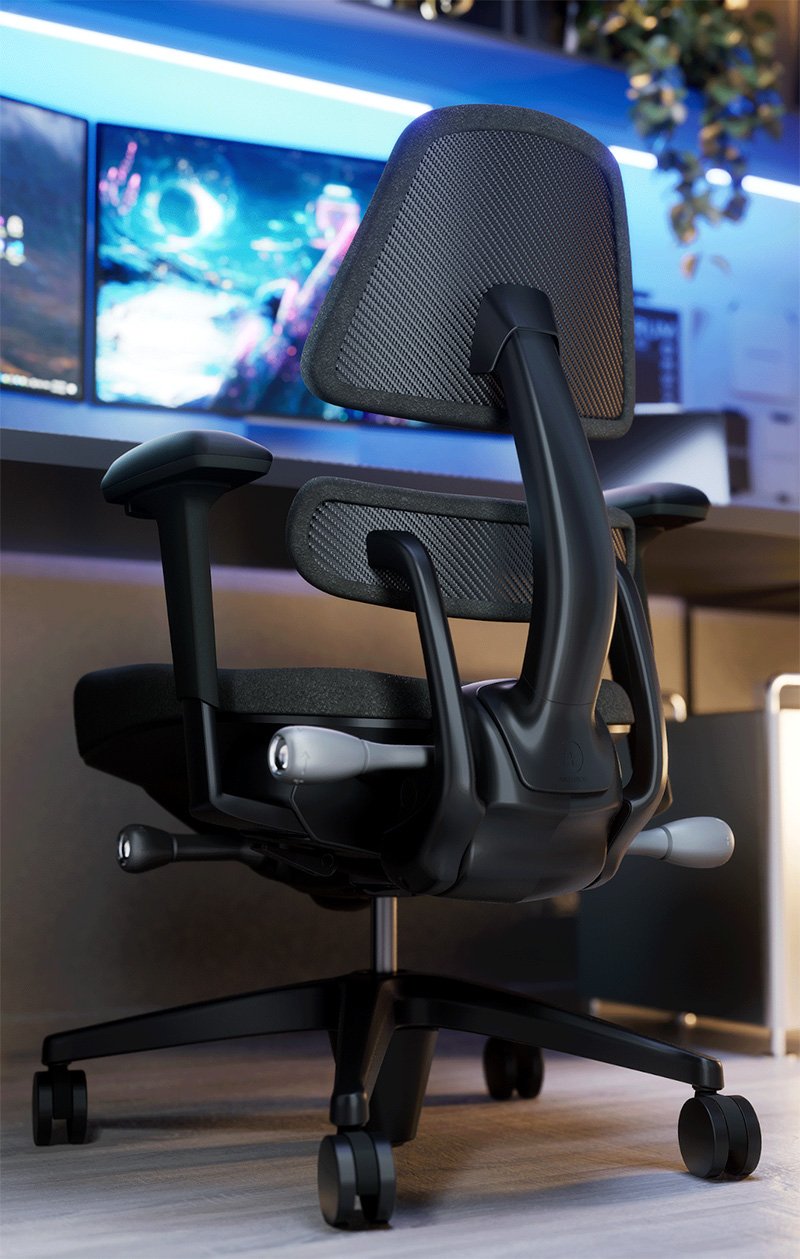
Join the Anthros family
Sign up to get special offers, the latest videos, new, + more!
By signing up, I agree with the data protection policy of Anthros
Info
Join our email list
Sign up to get special offers, the latest videos, news, + more.





